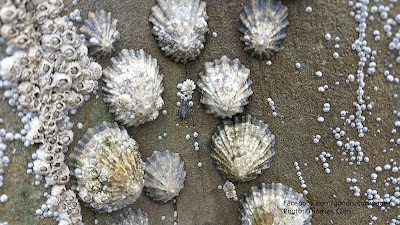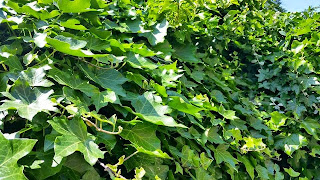In the animal kingdom, the menopause (when the ovaries of females stop producing eggs every month, ending reproduction) can only be found in Humans, Killer Whales and Pilot Whales. But why has this rare characteristic of a loss of reproductive ability evolved? It does not seem to make evolutionary sense for an animal to no longer be able to reproduce and spread its own genes throughout its population. Well, in terms of the Grandmother Hypothesis (first suggested by G.C Williams) this process appears to have evolutionary benefits.
For example, when an ancient human mother had a child she'd required to expend energy in the form of milk, as well as supply it with shelter, defend it from predators etc. And if this female had another child, she would have to expend energy on the new offspring as well, which would increase the chance of her offspring dying. A grandmother can aid in looking after her daughters (or her sons sexual partners) offspring by helping in finding food, watching out for predators as well as many other tasks increasing their chance of surviving.
This would be of great benefit to the grandparent as by looking after her grandchildren, more are able to be reproduced, leading to the grandparents genes being passed on to a higher number of offspring.
But why is it of greater evolutionary benefit for the grandmother to aid in producing more grandchildren, rather than being able to produce more offspring herself containing a greater number of her own genes.
Well when producing offspring there are a number of risks. The parent as well as the offspring may die during childbirth, and the parent may not be able to be able to gather the resources to look after the offspring efficiently leading to their mortality. But by a grandmother not being able to produce offspring up to a certain age, and being able to put her time and energy in to looking after her grandchildren, it increases the chance of the survival of herself, and her grandchildren who now have an extra adult watching over them.
-Thomas Glen
















